This video tutorial is in the Education category where you will learn how to use commas with restrictive and non-restrictive clauses. Restrictive and non-restrictive clauses are phrases or words that come between the subject and the verb. You don't use commas to separate restrictive clauses. For example, in the sentence "the students who did not wear uniforms were punished". Here "students" is the subject and "were punished" is the verb and the clause "who did not wear uniforms" is restrictive. Because without this clause, the sentence would read "the students were punished"; which is a wrong statement. So, in this case you don't use commas to separate the clause. But, in the sentence "Jane, red-nosed from the blizzard, came inside", "red-nosed from the blizzard" is the clause and it is non-restrictive. Here, you have to use commas to separate the clause.
Just updated your iPhone? You'll find new emoji, enhanced security, podcast transcripts, Apple Cash virtual numbers, and other useful features. There are even new additions hidden within Safari. Find out what's new and changed on your iPhone with the iOS 17.4 update.



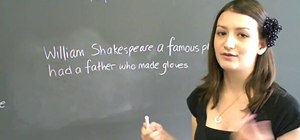
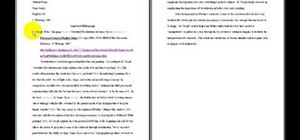



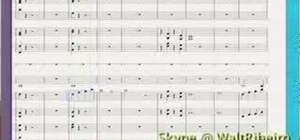

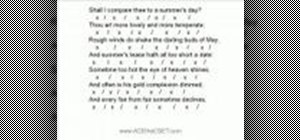
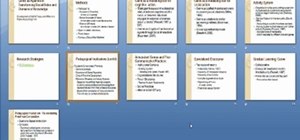


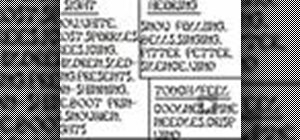

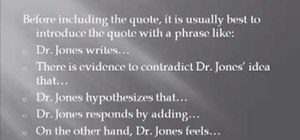

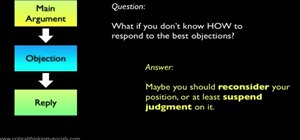
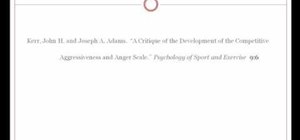

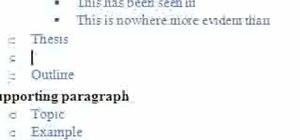








Be the First to Comment
Share Your Thoughts